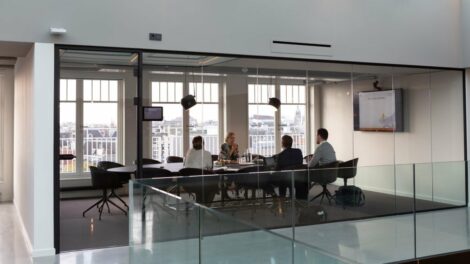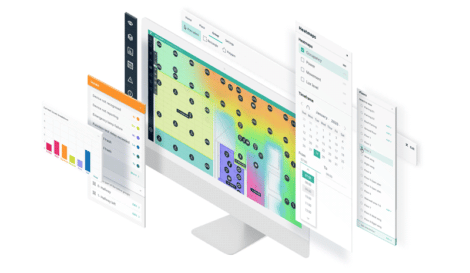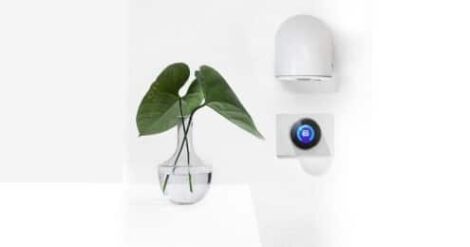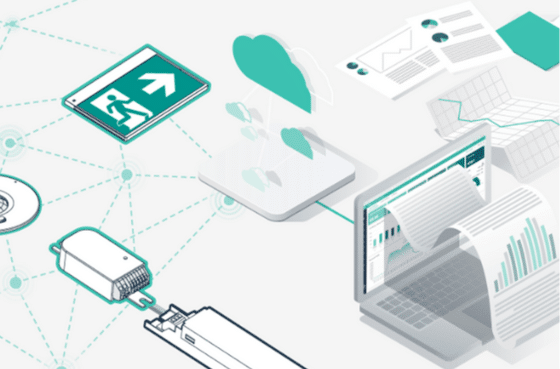DALI Control – How to get what you want
When the Spice Girls first sang
“Yo, I’ll tell you what I want, what I really, really want
So tell me what you want, what you really, really want . . .”
. . . it is doubtful they were singing about DALI control. However the lyrics certainly work when it comes to building technology. It simply must be two-way communication between the technology supplier and the client.
Design/Commissioning of the DALI Control System
 A lighting control system is commonly commissioned to parameters included in the original lighting specification provided by the electrical consultants for the project.
A lighting control system is commonly commissioned to parameters included in the original lighting specification provided by the electrical consultants for the project.
There are good reasons for this, as more often than not, the project is completed prior to handover, with very little (if any) reference to the end client. In fact, when final testing is undertaken if the functionality and performance settings do not meet what is stated in the specification, the final commissioning will not be signed off, and the project is deemed incomplete until changes are made to comply with the spec.
Even when not constrained by the consultant’s specification, when the controls specialist is setting parameters for light levels as an example, it is likely before furniture, walkways, etc are in place. It is usual therefore that light levels are set uniformly in areas to reflect illuminance.
Limited Client Input
 In an ideal world, there would be allowance for amendments as final completion/handover approaches. In today’s budget-conscious economy, as we all know, the construction industry is focused on delivering a project to meet the original design brief, and there is seldom room for additional changes.
In an ideal world, there would be allowance for amendments as final completion/handover approaches. In today’s budget-conscious economy, as we all know, the construction industry is focused on delivering a project to meet the original design brief, and there is seldom room for additional changes.
As the fine-tuning of light levels is rarely allowed for, the consequences are apparent in areas that may be over lighted, and therefore waste energy. Or incorrect illuminance causes eye strain or headaches for users once the building is occupied.
Our company involves the end client in the planning as much as possible. However, to be fair, very often the client has only a limited idea at the design stage as to how the spaces within their new or renovated building will be occupied, so standard “base levels” are adhered to when programming the system parameters.
In many specifications a “client training” must be included when pricing, but as clients often tell us, when they’ve only just moved in they are not familiar enough with their new building to absorb the information on how the system can be adjusted to meet their needs.
Your Building Technology Partner
 The reason behind promoting ourselves as “Your Building Technology Partner” is due to our belief that our relationship with the client doesn’t end with the delivery of the project, or the “client training” but that this is in fact the start of a partnership around the process of regularly reviewing and optimising their building.
The reason behind promoting ourselves as “Your Building Technology Partner” is due to our belief that our relationship with the client doesn’t end with the delivery of the project, or the “client training” but that this is in fact the start of a partnership around the process of regularly reviewing and optimising their building.
Our preference is that the clients have us revisit the project within the first year of taking possession, and have us fine-tune the system to better suit the occupants. “Continuous commissioning” is a service that can be on-going to ensure the control system is continually updated from a security point of view, and so that adds, moves or changes can be swiftly made to respond to changing needs of the staff.
Remote Monitoring/Reporting of Your DALI-2 Control System
 The advantage of the zencontrol DALI-2 control system that we propose from preference, is that being a cloud-based system, if the client wishes, we can monitor, maintain and report on their system remotely. We offer a number of support packages or service level agreements that provide for all of the above. In fact utilising our SLA for Emergency Lighting, we can even run tests on the system, provide reports, and advise on necessary maintenance to ensure compliance.
The advantage of the zencontrol DALI-2 control system that we propose from preference, is that being a cloud-based system, if the client wishes, we can monitor, maintain and report on their system remotely. We offer a number of support packages or service level agreements that provide for all of the above. In fact utilising our SLA for Emergency Lighting, we can even run tests on the system, provide reports, and advise on necessary maintenance to ensure compliance.
There is currently a significant disconnect at building handover, as most trades are focused on practical completion, or simply delivering on warranty obligations.
Handing over a building to a client without wrap-around support, could be compared to delivering an expensive, high-performance car to a customer, and leaving it up to them to work out how it starts, what all the high-tech dials and buttons mean and what they do, when the car should be serviced, what fuel, oil is required and when, should tyres be checked/rotated/replaced and how often, what is best setting/speed for fuel economy, and so on!
The newly constructed or renovated building is surely more valuable than the most pricey vehicle, yet the project is most often delivered on practical completion, and all the trades just walk away!
Do the “asbuilds” documentation negate the need for a building manual? Are they in a user-friendly format and easily accessible for the client’s FM team?
What You Don’t Know, You Can’t Do!
 If the client doesn’t understand what is possible, then it’s hard to measure how well the building is performing. With a pro-active partnership in place, data is shared between our controls specialists and the client. They can see the impact of energy efficiency changes, and report back. Changes can be made to the local environment to optimise settings for the occupants. Such changes can be made swiftly as they don’t require a site visit.
If the client doesn’t understand what is possible, then it’s hard to measure how well the building is performing. With a pro-active partnership in place, data is shared between our controls specialists and the client. They can see the impact of energy efficiency changes, and report back. Changes can be made to the local environment to optimise settings for the occupants. Such changes can be made swiftly as they don’t require a site visit.
A simple DALI control system can be expanded to provide more comprehensive reporting on the built environment. Data on light levels, air quality, temperature, humidity, noise etc provide information that can be acted upon to improve the comfort of those using the space.
The move to a more hybrid system of combining remote work for some of the time, with time spent in business premises has prompted many companies to create a more interesting and dynamic space. Giving employees the ability to request, and benefit from changes to their working environment can educate them in sustainability objectives and engage them in making the workplace a better place for all.
For more information, please give us a call.


